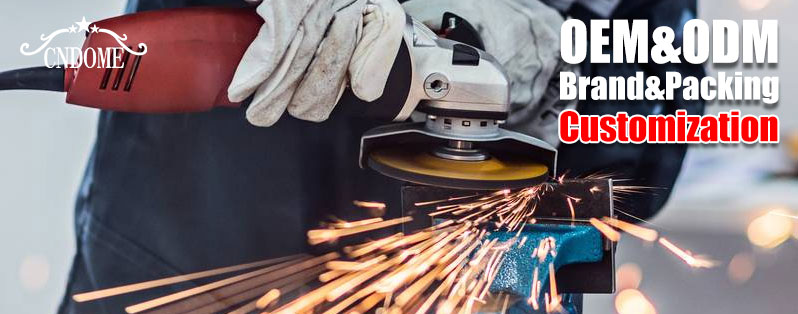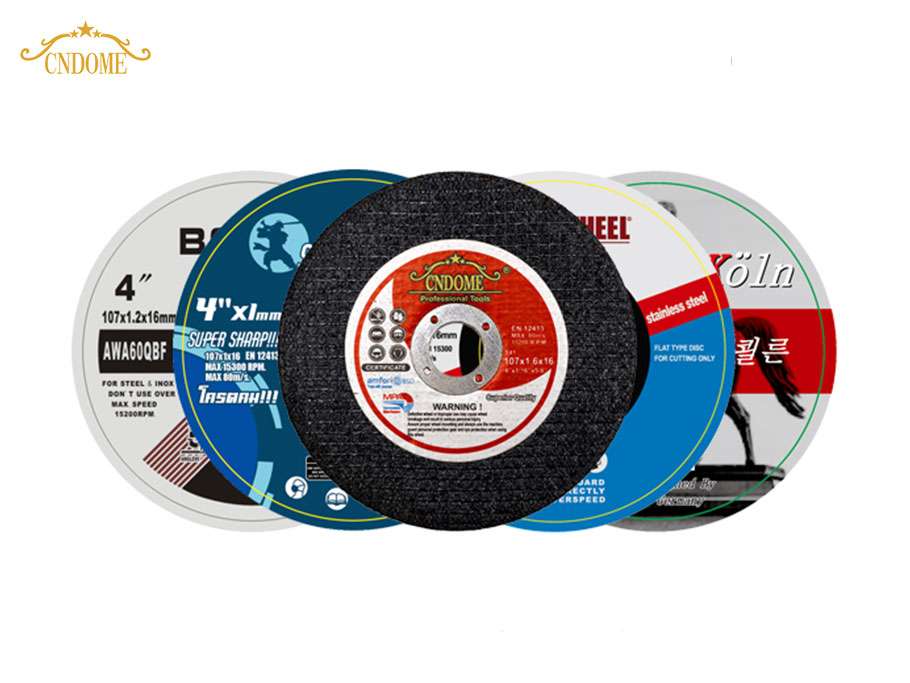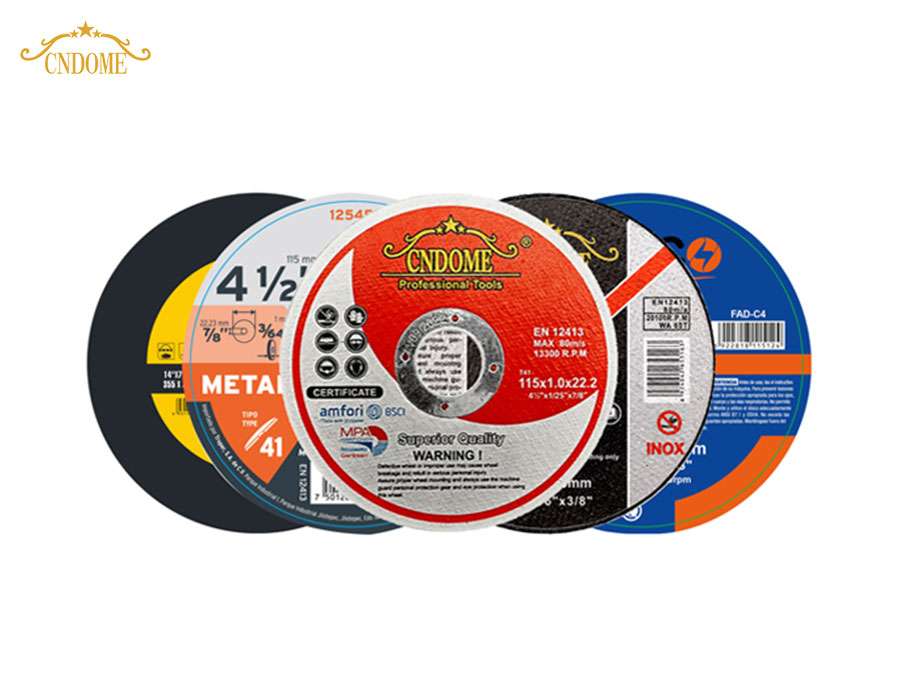When it comes to cutting through tough materials like metal, concrete, and stone, abrasive cut-off discs are an essential tool for professionals and DIY enthusiasts alike. These versatile discs come in various sizes, materials, and specifications, making them suitable for a wide range of applications. Whether you’re working on a construction site, in a workshop, or tackling a home project, understanding the features, types, and uses of abrasive cut-off discs can help you choose the right tool for the job.
What Are Abrasive Cut-Off Discs?
Abrasive cut-off discs, also known as cutting wheels or grinding discs, are rotary tools designed to slice through materials. They are commonly used with angle grinders or chop saws. These discs are made from a combination of abrasive materials, typically aluminum oxide or silicon carbide, bonded together with a resin or other binding agents. The abrasives are what make the discs so effective at cutting through hard materials.
Types of Abrasive Cut-Off Discs
There are various types of abrasive cut-off discs, each designed for specific applications. The most common types include:
- Metal Cut-Off Discs: Made for cutting through ferrous and non-ferrous metals, including steel, stainless steel, aluminum, and more. They are often reinforced with fiberglass for added strength and durability.
- Stone and Concrete Cut-Off Discs: These are specifically designed to cut through masonry materials, such as concrete, brick, and stone. They tend to be thicker and more robust to handle the heavy-duty nature of these materials.
- Inox Cut-Off Discs: These discs are optimized for cutting stainless steel (also known as Inox) without causing excessive heat buildup, which could affect the metal’s integrity.
- Ceramic and Tile Cut-Off Discs: Ideal for cutting through hard, brittle materials like ceramic tiles, porcelain, and glass. They feature fine abrasives for smooth cuts and minimal chipping.
Key Features of Abrasive Cut-Off Discs
- Size Options: Abrasive cut-off discs come in various sizes, from small 3-inch discs for precision cutting to large 14-inch discs for heavy-duty industrial use. The size of the disc determines its cutting depth and the type of equipment it can be used with.
- Reinforced Construction: Many abrasive cut-off discs are reinforced with fiberglass or metal mesh, which helps prevent the disc from shattering under pressure. Reinforced discs are especially important when cutting through tough materials that can cause the disc to flex or break.
- Bonding Material: The bonding agent used to hold the abrasive materials together plays a critical role in the disc’s performance. Resin bonding provides a balance of strength and flexibility, making it suitable for most cutting jobs. Some discs may also use rubber or metal bonding for specialized tasks.
- Cutting Speed and Durability: The cutting speed of an abrasive cut-off disc is influenced by its design, material, and thickness. Thicker discs generally last longer and are suitable for heavy-duty cutting, while thinner discs provide faster, more precise cuts.
Applications of Abrasive Cut-Off Discs
Abrasive cut-off discs are used in a wide range of industries, including:
- Construction: For cutting rebar, pipes, metal sheets, and other materials used in construction projects.
- Metalworking: To cut and shape metals, including steel, stainless steel, aluminum, and other alloys.
- Automotive: For cutting exhaust systems, body panels, and other automotive components.
- DIY Projects: Ideal for hobbyists working on projects that involve metal, stone, or ceramic cutting.
Benefits of Using Abrasive Cut-Off Discs
- Versatility: Abrasive cut-off discs are highly versatile, able to cut through a variety of materials, including metal, masonry, stone, and plastic.
- Precision: These discs are designed to deliver clean, accurate cuts, reducing the need for post-cut grinding or finishing.
- Speed: Thanks to their efficient design, abrasive cut-off discs can slice through materials quickly, allowing for faster project completion.
- Durability: With reinforced construction and quality materials, these discs are built to last, making them a cost-effective solution for long-term use.
- Safety: While they do pose a risk of injury, modern abrasive cut-off discs are engineered for safety, with reinforced materials and a range of protective features that help minimize the risk of breakage during use.
Choosing the Right Abrasive Cut-Off Disc
To choose the right abrasive cut-off disc, consider the following factors:
- Material to Cut: Ensure the disc is compatible with the material you’re cutting (metal, concrete, tile, etc.).
- Disc Size: Choose a disc size that suits the equipment you’re using and the depth of the cut you need.
- Cutting Speed: Consider how quickly you need to cut through the material. Thinner discs cut faster but may wear down quicker, while thicker discs are more durable.
- Disc Thickness: Thicker discs are better for tougher materials but may produce more heat and cause more wear on your equipment.
Conclusion
Abrasive cut-off disks are indispensable tools for anyone working with hard materials. Understanding their features, types, and uses can help you make an informed decision when selecting the right disc for your project. Whether you’re a professional contractor or a DIY enthusiast, having the right abrasive disc in your toolbox ensures that you can handle even the toughest materials with ease and precision.



